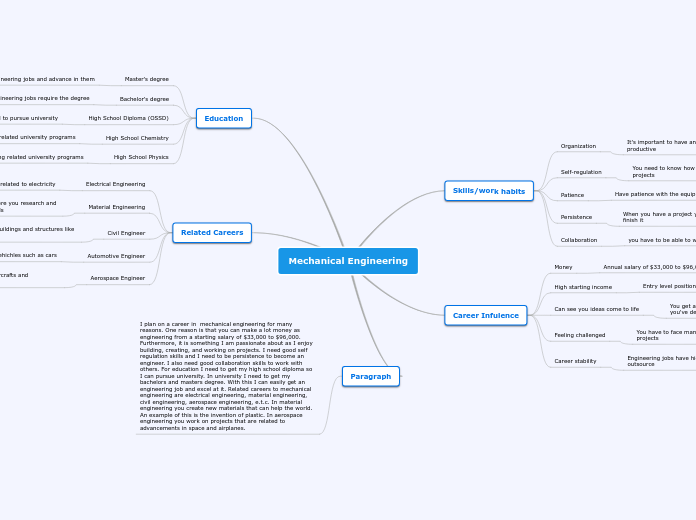jonka Stina Sandstrom 10 vuotta sitten
1066
Ch.11-Sexuality
Different cultures have distinct methods of sexual socialization, categorizing them as restrictive, semi-restrictive, or permissive. Positive sexual development in adolescents involves accepting bodily changes, understanding sexual arousal, recognizing the voluntariness of sexual activities, and practicing safe sex.









